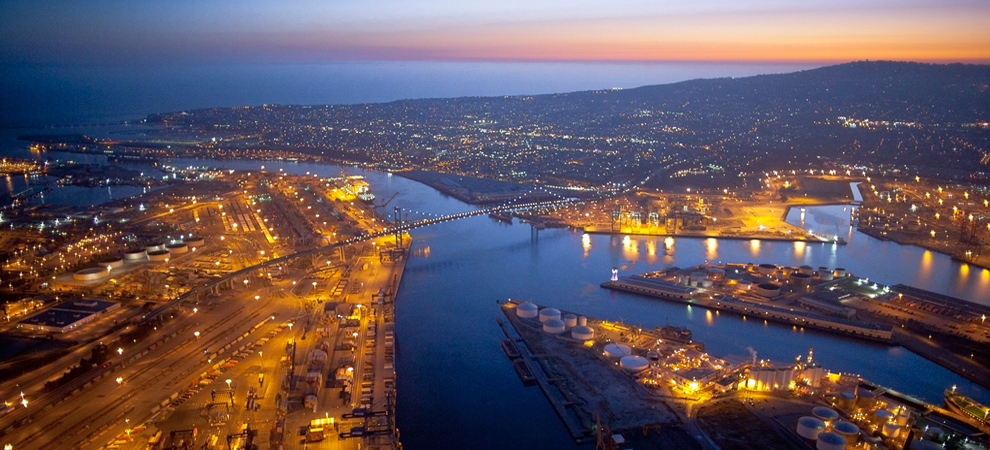
Los Angeles, San Francisco, Oakland, Seattle and Phoenix top target markets
According to CBRE, strong fundamentals, growing sophistication of logistics facilities and e-commerce growth has led to a surge in foreign industrial investment in the U.S.
Foreign investors have acquired nearly $61 billion in U.S. industrial real estate since 2010, 48 percent of which has come from Asia-Pacific-based investors--largely from Singapore and China. Investors from Canada also invested more than $17 billion in U.S. industrial real estate assets during this period.
Cross-border investment in U.S. industrial real estate has increased by an annual average of 67 percent since 2010. Year-to-date in 2017, the cross-border share of the total investment is at 14.5 percent, excluding large entity deals, compared to 1.9 percent in 2010. Major foreign investors that have recently acquired industrial assets in the U.S. include PIRET (Canada), ADIA (Abu Dhabi), DEKA (Germany), GLP (Singapore), CPP (U.K.), PSP Investments (Canada), Norges (Norway), and Mitsubishi (Japan).
Of the nearly $61 billion of cross-border investment in U.S. industrial real estate since 2010, $18 billion or 30 percent was from sovereign wealth funds, $16.7 billion or 27 percent was from real estate operating companies, and $8.7 billion or 14 percent was from pension funds. The balance was from insurance companies, investment managers, public REITs, developer/ owners, equity funds and banks.
Greater Los Angeles has attracted the most foreign capital ($1.4 billion in non-entity sales) since 2010. Other markets that saw significant foreign investment during this period include San Francisco/Oakland, Seattle and Phoenix. Each of these markets benefits from strong demographics and well-established logistics hubs.
"Investor perceptions of industrial assets have changed considerably. Over the past decade, industrial real estate has evolved into an attractive property sector, with logistics facilities becoming more sophisticated and market fundamentals strengthening due to new consumer buying preferences," said Jack Fraker, Managing Director, Global Industrial & Logistics, Capital Markets, CBRE.
"Many foreign institutional investors view the U.S. as a safe country for investment, with opportunities to scale quickly and establish strong logistics platforms poised for growth. Investors from Asia have been motivated to limit their exposure to economic volatility throughout their region, as well as higher valuations and lower yields relative to U.S. industrial assets. We have seen Koreans come in this way, as well as smaller European investors," Mr. Fraker added.
CBRE's 2017 Americas Investor Intentions Survey found that more than one-third of investors consider logistics as the most attractive property sector for investment, compared with 28 percent for multifamily and 18 percent for office. This was a big increase from 2016, when 30 percent of surveyed investors preferred office investment and 20 percent each preferred industrial and multifamily.
A key driver of demand for industrial real estate is e-commerce growth-$1 billion in e-commerce sales translates into 1.25 million square feet net absorption of industrial and logistics space, according to CBRE. Although showing slower growth, industrial rental rates are near record levels, and the competition among institutional buyers for industrial properties has remained strong.
"Logistics will continue to evolve, driven by changing consumer demands and e-commerce growth. This will result in greater demand for last-mile facilities and perhaps less-functional urban infill locations as redevelopment opportunities. Other opportunities in this sector include speculative development and acquisitions in select markets, especially multi-tenant warehouse and infill light industrial, as opposed to large-scale portfolio acquisitions," added Mr. Fraker.
Partner Source : https://shar.es/1P2uWD
World Propery Journal


